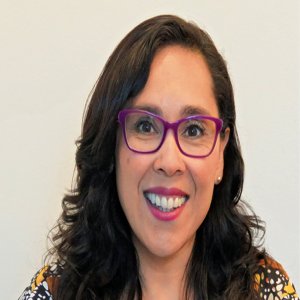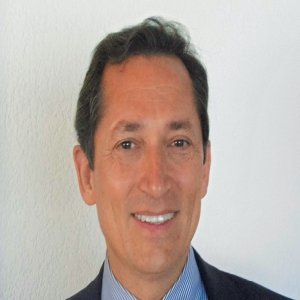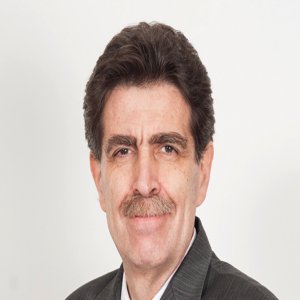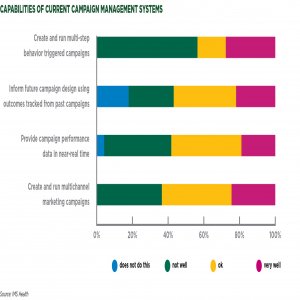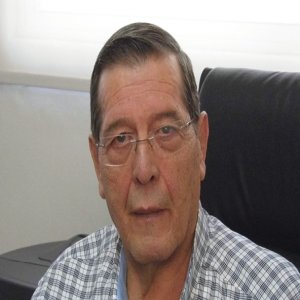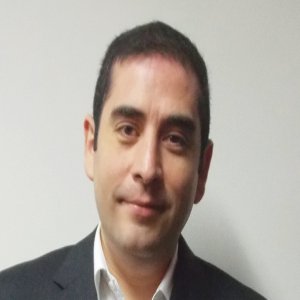Upskilling to Face the Competition

STORY INLINE POST
Q: What do independent pharmacies represent for the sector? What were the reasons behind the creation of UNEFARM?
A: Independent pharmacies represent an important part of the of the Mexican health sector, allowing access to medications in remote areas. The market has changed considerably in the past ten years. Alliance-Boots bought the 800 Mexican and 230 Chilean branches of Farmacias Benavides from Casa Saba. Other new actors have incorporated to the market. FEMSA, for example, managed to open 800 pharmacies in only two years through the acquisition of Farmacias Yza, Farmacon, FarmaTodo, and Farmacias Moderna. While international companies have gained a lot of strength in Mexico, national chains remain strong, with Farmacias Guadalajara running more than 1,000 points of sale. We created UNEFARM in order to represent independent pharmacies and we now represent 25 pharmacy groups. Of the 5,600 pharmacies that this represents, 1,400 are located in Mexico City. Pharmacies experience annual growth of between 10 and 15% on joining UNEFARM.
Q: What recent advances have taken place in the pharmaciy segment from a regulatory standpoint?
A: A recent meeting with COFEPRIS secured permission for independent pharmacies to obtain licenses to sell group one medication, mostly used for palliative care. Simplifying the processes around these licenses means that more patients can get the medication they need. COFEPRIS and the Ministry of Health are providing us the tools to facilitate access to these licenses. Meanwhile, COFEPRIS is seeking to digitize registers for controlled medications, meaning that prescriptions can be recorded electronically. In response to this, we are beginning to provide members with the equipment necessary for this electronic capture. Nonetheless there are still pharmacies, mainly in rural areas, without these technologies, so we are working alongside the Ministry of Economy to increase access to this equipment.
Q: What are the biggest problems facing independent pharmacies? How does UNEFARM help them overcome?
A: Insecurity and competition from multinational companies are two of the major problems, especially in some “danger zones,” such as Mexico State. Independent pharmacies are especially vulnerable to violence, since they are operated directly by their owners. Our work includes liaising with the relevant authorities so that they act promptly on security concerns. This has improved their security. In addition, we are in the process of installing CCTV cameras on their premises. So far, 20% of our members have been able to avail of this. Finally, we train pharmacists so that they can anticipate market shifts. We represent pharmacies of all sizes. Some smaller ones have been on a small-scale tax regime, so moving to another tax scale has caused them problems. Within UNEFARM, we train businesses around changes in tax law, as well as offering leadership courses. At the moment we are due to work with Rafael Gual and Alexis Serlin of CANIFARMA, along with ANAFAM’s Dagoberto Cortes, to bring exclusive offers and loyalty plans to independent pharmacies. We have also formed a technical group involving CONDUSEF, COFEPRIS, and representatives from all pharmacies in the country, with the intention of creating a homogenous standard. A year and a half ago, we launched Farmagold, an initiative launched in 20 pilot branches over the last number of months. Though this has been a huge task, we have given independent pharmacies the tools they need to compete with major chains.
Q: The price of medicine has gone up 15% over the last year. Why is this, and what impact has it had on pharmacies and their customers?
A: Since only 2% of pharmaceutical products are manufactured within Mexico, this has to do with the strength of the dollar. One of our strategies is to promote domestic manufacture to reduce dependence on the dollar. At the beginning of the year, when the dollar spiked, we negotiated with pharmacy owners to absorb the 5% increase in the cost of medicines, and prevented this cost from being passed on to the consumer.
Q: Reports suggest that up to 7% of drugs available on the market are in fact illegal. To what do you attribute this, and what can pharmacies do to prevent this?
A: Most illegal drugs enter via Guatemala, and are stored at safe-houses in Michoacan and Mexico City. These drugs have either been cloned or are not in a condition to be sold. Another practice involves taking medicine out of the trash, repackaging it, and selling it as new. These medicines are often out of date, or have a broken cold chain. This tends to occur with high-value drugs, such as those used to treat diabetes, hypertension, and erectile dysfunction. One notorious case occurred recently in Chiapas, concerning vaccines which had broken cold chains and caused the death of a number of infants. This problem has not been quantified, since it is unknown how many consumer have been given out-of-date medication. COFEPRIS is pushing for greater vigilance in clinics so as to get a clear idea of the problem. The objective of this program is to promote reporting of side-effects on patients. The issue is that COFEPRIS is not currently in a position to supervise independent pharmacies in monitoring the issue. While the subject is topical, we have just begun to discuss it, since there is little concrete information available to us. Since the creation of the National System on Medical Packaging (SINGREM), which collects and eliminates residues from medical packaging, the situation has improved significantly. The program has gathered up huge quantities of medication, and prevented them from reaching the market.
Q: How have changing distribution channels affected independent pharmacies?
A: Nadro and Casa Saba used to be the main players, with a huge market share. Casa Saba alone controlled 23% of national distribution, and left a huge gap in the market when it ended distribution last year. This hurt independent pharmacies, some of whom were without access to certain drugs for three to four months. The collapse of Casa Saba has sent shockwaves through pharmacies and their way of operating, with many falling victim to inefficient supply chains and ordering surplus supplies. Others have turned to alternative channels such as the Central de Abastos, or smaller distributors who have become to grow recently. Direct sales to pharmacies from national and multinational companies have also increased. Distribution channels continue to evolve, although none has been able to replace Casa Saba. At present, pharmacies rely on about six different distributors to fulfil customer needs.
Q: What other initiatives is UNEFARM pushing?
A: UNEFARM has organized the National Congress of Independent Pharmacies since 2009. The event’s primary aim is to bring pharmacies and laboratories closer together, and to bring members up to speed on our organization’s agreements. The second is to launch Expofarma, a commercial fair which attends to laboratories providing special offers to pharmacies. We try to inform all pharmacies about the agreements binding the organization. We keep our members up to date on our relationships with the congress, COFEPRIS, and CANIFARMA, along with the progress of Farmagold. Supermarket and chain pharmacies have an aggressive acquisitions strategy, and the resources to launch special offers and events. Independent pharmacies cannot keep up. That said, the pharmacy industry is trying to avoid Chile’s situation, in which chain pharmacies have a monopoly on the sector. In our country, independent pharmacies are definitely a brake on this movement towards monopoly. Our last CANIFARMA event saw many laboratories expressing an interest in working with independent pharmacies.
With support from the Ministry of the Economy, we have begun to issue computers, printers, and bar-code scanners to our members, to make COFEPRIS’ proposals on electronic billing and registering a reality. The project’s roll-out has taken place in small blocks, but soon we are to launch the scheme in 100 pharmacies each in Morelos, Chiapas, and Veracruz. We are also due to launch a project with Mexico City’s Technology Sector called “My Pharmacy,” which issues pharmacies with new technology to accept the Mexico City “Si Vale” payment card. This turns independent pharmacies into pay-points for water, electricity, and gas. Finally, we are organizing a new program with Armando Ahued and Miguel Ángel Mancera to créate and distribute pamphlets on health to the general population.
Q: What are your priorities for 2015?
A: Our focus is on generics, since this sector is growing in strength nationwide. Two years ago, pharmacy chains made a huge effort to eliminate independent pharmacies offering this service, but the government blocked the attempt. Our “Active Principle” pharmacies specialize in generic drugs, and have a doctor at the point of sale. There are now 15,000 pharmacies that carry out 290,000 consultations per day, relieving pressure on public services to the point where they provide more services than IMSS. COFEPRIS created a best practice code to regulate this service, introducing Health Ministry evaluations and monitoring programs on obesity and drug quality. “Active Principle” invites pharmacy owners to open a second branch with its own consultation room. The niche market is wide, so we have space to compete with pharmacy chains. We also hope to boost the Farmagold program to transform independent pharmacies. The most ambitious aspect of this plan involves homogenizing the image of independent pharmacies so they can compete, as well as bringing them into line with UNEFARM membership requirements.
